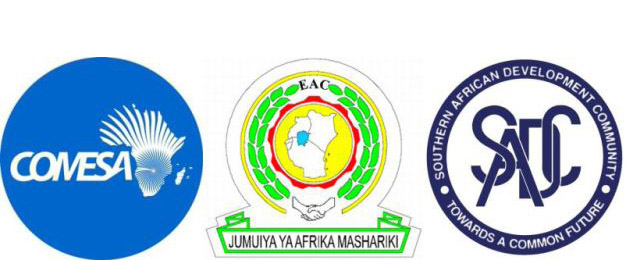At least 14 countries will trade freely within East, Central, and Southern Africa from this Thursday, July 25, with the coming into force of a Tripartite Free Trade Area (TFTA) Agreement, which flattens the East African Community (EAC), the Southern African Development Community (SADC) and Common Market for Eastern and Southern Africa (COMESA) into a single commerce bloc.
During the 37th Tripartite Task Force meeting last week, Elias Mpedi Magosi, the executive secretary of SADC and current chairman of the Tripartite Task Force, announced that 14 out of the 29 member or partner states that together accounted for 75% of the Tripartite GDP in 2022 have deposited their instruments of ratification. The countries participating in the TFTA include Angola, Botswana, Burundi, Egypt, Eswatini, Kenya, Lesotho, Malawi, Namibia, Rwanda, South Africa, Uganda, Zambia and Zimbabwe.
“This means that member states can start trading. But there are technical things which have to be put in place before they can begin trading freely,” said Christopher Onyango, director of Trade and Customs at the COMESA Secretariat. Although the ratification for the Democratic Republic of Congo and Tanzania is still pending, “in a significant way, it addresses the problem associated with membership in multiple regional economic communities,” said Onyango.
The TFTA offers full liberalization of tariff lines and elimination of non-tariff barriers to trade. When the idea was first floated in 2008, “the objective of establishing the COMESA-EAC-SADC FTA was to enhance market access, address the issue of multiple memberships and further the objectives of cooperation, harmonization, and coordination of policies among the three Regional Economic Communities (RECs),” SADC executive secretary Magosi reminded. The TFTA Agreement also facilitates best practices to foster transport and trade facilitation instruments and value chain development at regional levels which are key to boosting intra-African trade.
